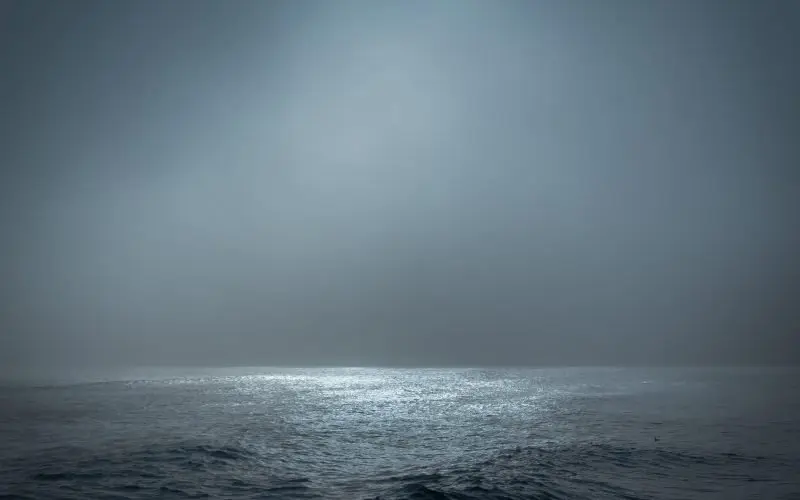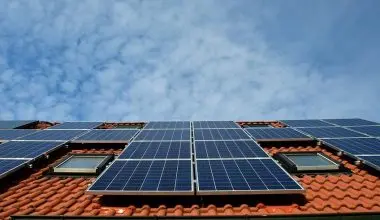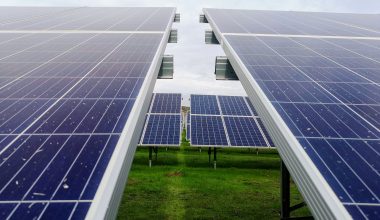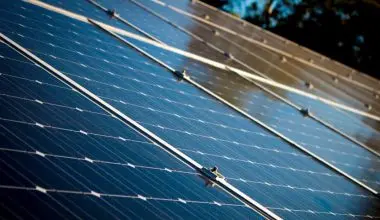Tidal Energy is a type of Hydropower where electrical energy (one of many other forms of energy) is produced from high and low Tides.Tidal Energy is the energy produced by the difference in high and low tides due to the Sun and Moon’s gravitational effect upon the oceans.
Tidal Energy has not yet been developed enough to reach it’s higher potentials of producing energy where it has been predicted to produce 1400 TWh annually. It can be highly beneficial for providing electricity to communities living along the coastlines.
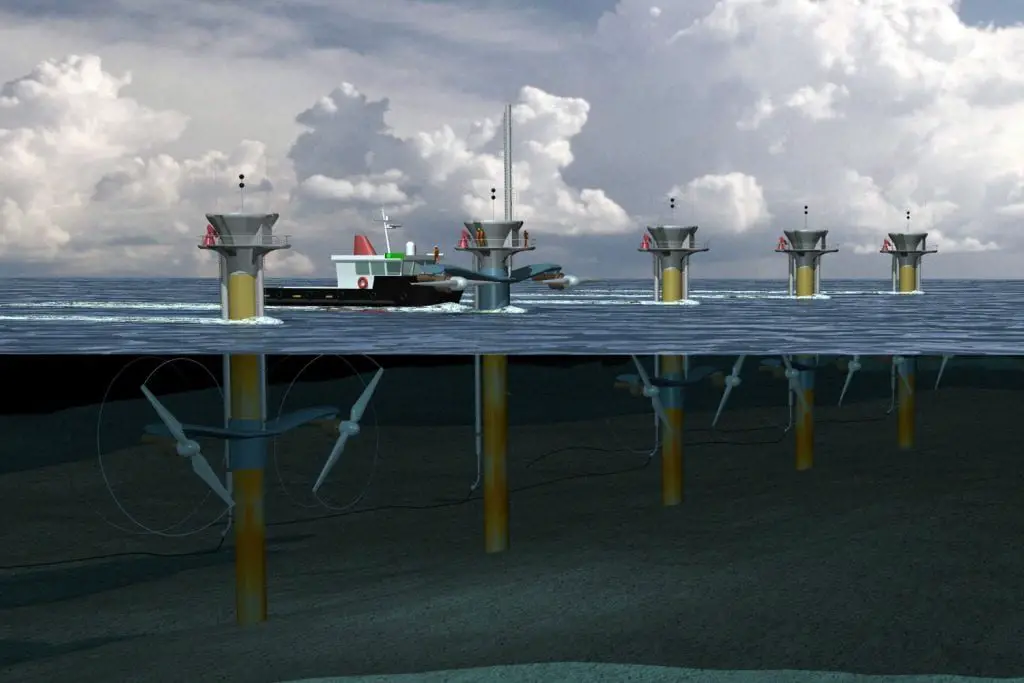
Advantages of Tidal Energy
Environment-Friendly: Tidal Energy is a clean source of power which does not have any green-house emissions and hence does not have an effect on the climate.
Reliable: Tidal Currents can be quite predictable,there are High and Low tides which occur at usual timings. These timings can help in building the most efficient Tidal Power Plant for that location.
The usual cycle of tides can also help us determine the usual force of tides so a custom-made durable tidal power system can be made which can withstand these forces.
Productive at Low Speeds; Water is a 1000 times dense as compared to Air. This property gives it the ability to generate electricity even at very low speeds (for e.g 1m/s)
Renewable; Tidal Energy is one of the renewable energy sources of energy like solar and wind. This energy is developed from the gravitational forces of sun and the moon, along with the rotation of the earth on it’s own axis. The rotation of the earth and the existence of the sun and the moon are expected to be infinite, hence the existence of this energy is also infinite.
Highly Durable: The tidal energy power plants are very durable. In the long-term, these produce electrical energy in amounts that if sold, it would be enough to cover the investment as well as make more.
The Tidal Barrage Power plant LaRance has been up and running since 1966 and still produces loads of electricity.
Huge Potential: Tidal and wave Energy is predicted to have a potential of producing 1400 TWh of potential Energy annually, says U.S Department of Energy. So a good part of the 4000 TWh of energy required each year by the United States can be fulfilled by this renewable source.
However, the best sites for setting up these power plants are located in Alaska, which is far from the consumers. The transportation of electric energy to such long distances would render the project ineligible in terms of investment.
Disadvantages of Tidal Energy
Location; The location of the tidal power plants is of utmost importance, as there are some conditions to be met. One of the conditions is the tidal range which should be between 4.5-12.4 meters, but the ideal is above 7m for sufficient flow of water to the turbines. The current technology in these power plants also limits the operationally suitable locations.
The power plants have to be built closer to the land to encounter stronger tidal currents, hopefully technological advancements will help us construct these dams out in the oceans where power can be generated from weaker tidal currents as well.
When talking about the United States, one should understand that they only have limited sites to develop Tidal Power Plants when excluding Hawaii and Alaska. These sites would develop only 0.6 TWh of the 4000 TWh required annually, as estimated by US Department of Energy.
Periodic Production of Energy: One thing to note is that electricity from tidal power can only be produced during tidal surges. Hence, limiting the production of electricity to half a day (just like Solar).
Environmental Uncertainty: The Environmental effects of tidal power plants remain unknown. The tidal power has not been explored and tested as much as other sources of energy. However, it is claimed that as the tidal barrages work by manipulation of ocean levels, they may have environmental effects similar to hydroelectricity generating dams.
Expensive: Tidal power plants are quite expensive to build and then maintain. As tidal energy is a newer concept with limited investments and technological advancements are limited, the existing power plants were quite expensive to build. This may be why there are very few commercially operating power plants worldwide.
Well there you have it, Tidal energy may be new and may have some issues but the point one should note is that it is a green and renewable source of energy unlike coal and nuclear energy. The Pros and Cons of Tidal Power have been listed out for you so you can assess the type of energy it is.
